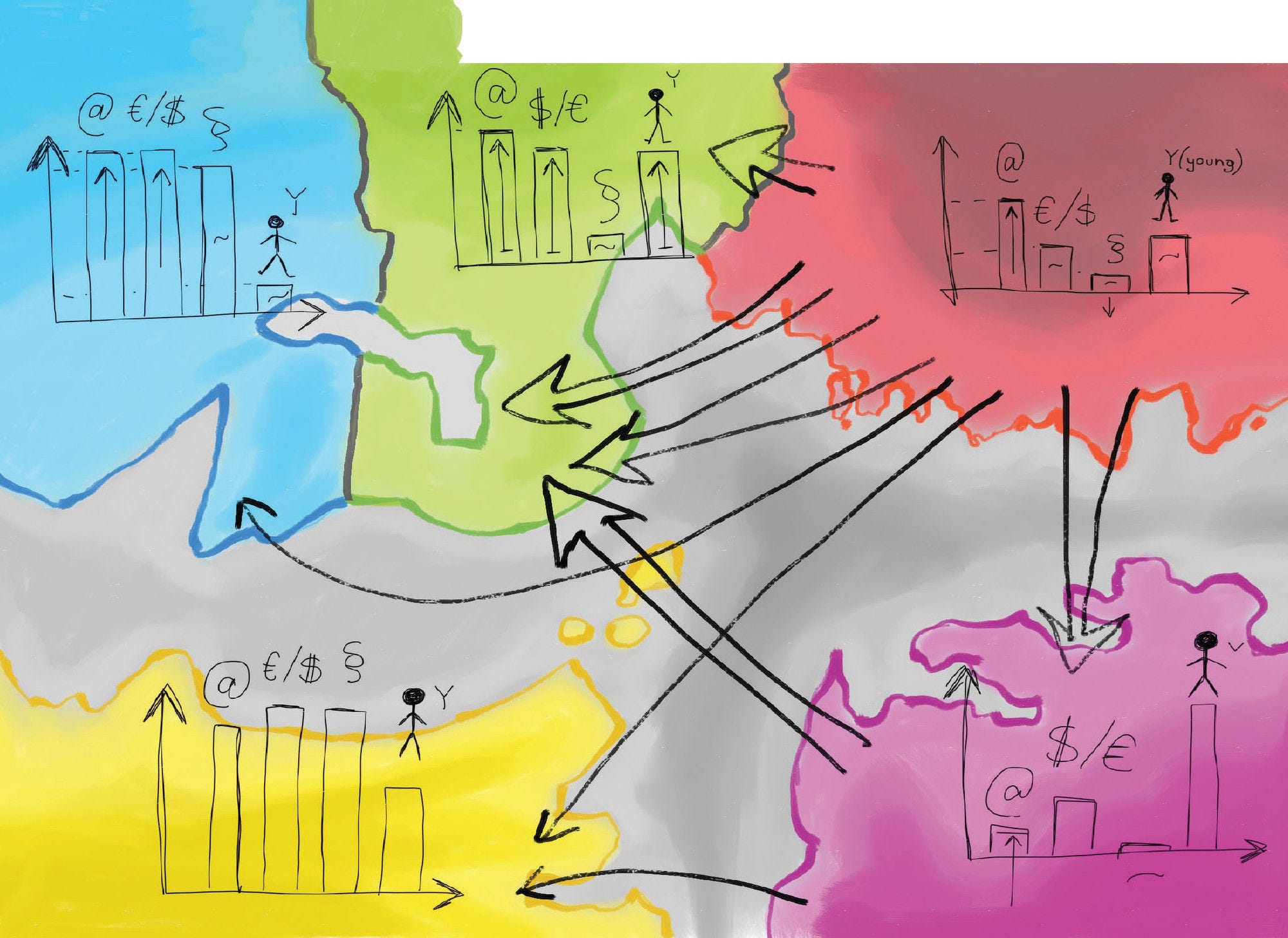To account for differences among rural and urban regions, the OECD s established a regional typology, classifying TL3 regions as predominantly urban (PU), intermediate (IN) or predominantly rural (PR) (OECD, 2009). This typology, based essentially on the percentage of regional population living in urban or rural communities, has proved to be meaningful to better explain regional differences in economic and labour market performance. However this typology does not take into account the presence of economic agglomerations if they happen to be in neighbouring regions. For example, a region is classified as rural or intermediate regardless its distance from a large urban centre where labour market, access to services, education opportunities and logistics for firms can be wider. Previous work reveals great heterogeneity in economic growth among rural regions and the distance from a populated centre could be a significant factor explaining these differences. For the latter, the OECD regional typology is extended to include an accessibility criterion. This criterion is based on the driving time needed for at least half of the population in a region to reach a populated centre of with 50 000 or more inhabitants. The resulting classification consists of four types of regions: Predominantly Urban (PU), Intermediate (IN), Predominantly Rural Close to a city (PRC) and Predominantly Rural Remote (PRR). For the time being, the extended typology has only been computed for regions in North America (Canada, Mexico and the United States) and Europe. The extended typology is used to compare the dynamics of population and labour markets. Remote rural regions show a stronger decline in population and a faster ageing process than rural regions close to a city. The remoteness of rural regions is in fact a significant factor explaining regional outflows of working age population, confirming that this extended typology captures the economic distance from market and services. Remote rural regions appear economically more fragile: lower employment rates (Canada and Mexico) and economic output (Europe).
OECD Extended Regional Typology
The Economic Performance of Remote Rural Regions
Working paper
OECD Regional Development Working Papers

Share
Facebook
Twitter
LinkedIn
Abstract
In the same series
-
 26 October 2020
26 October 2020 -
 23 September 2020
23 September 2020









